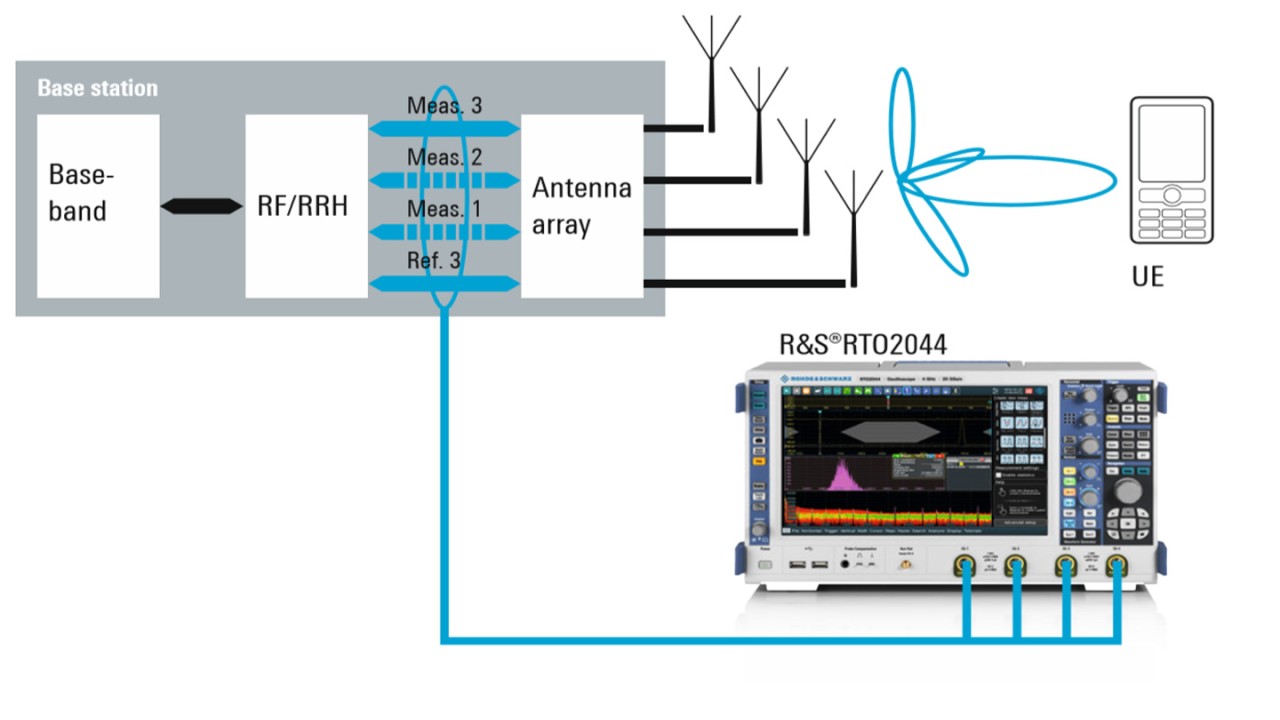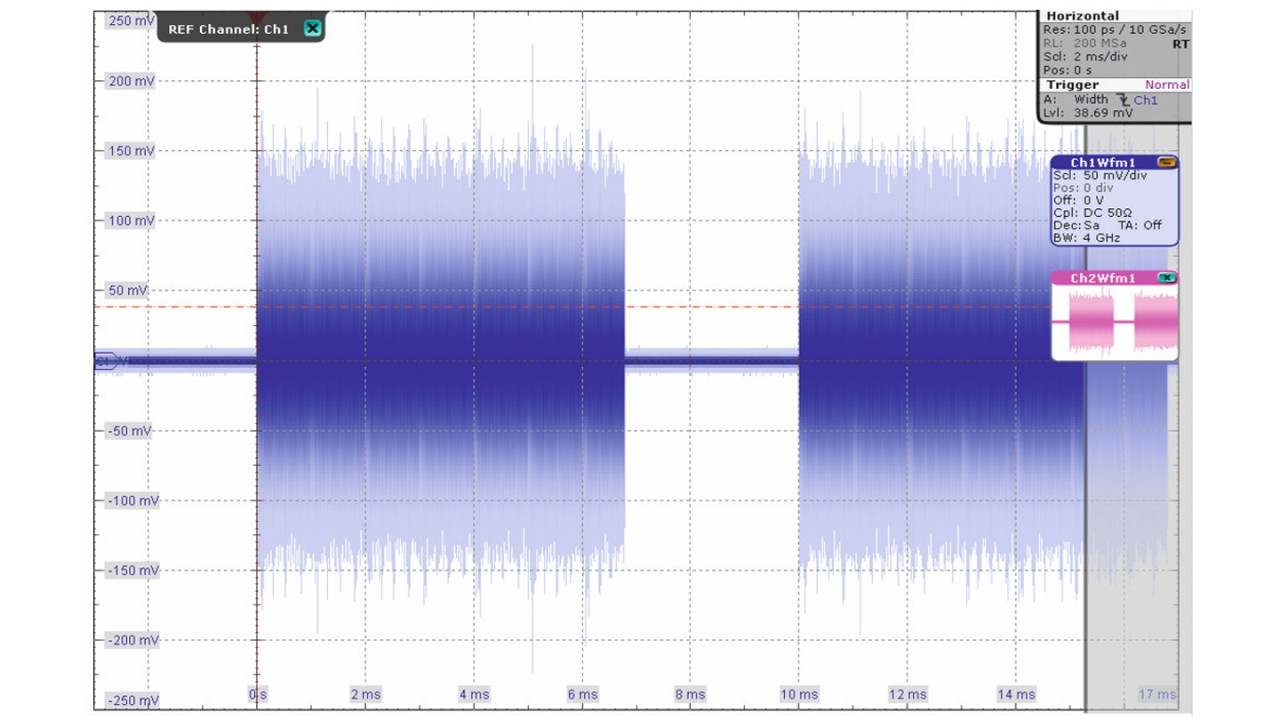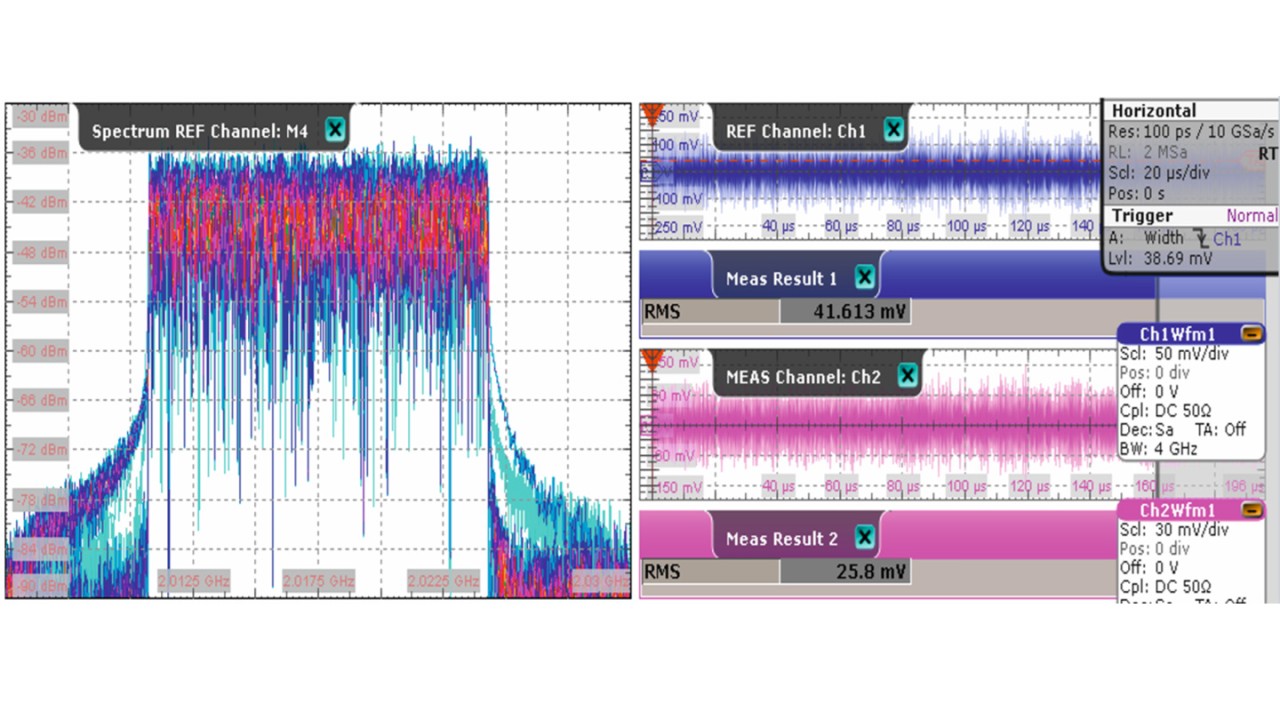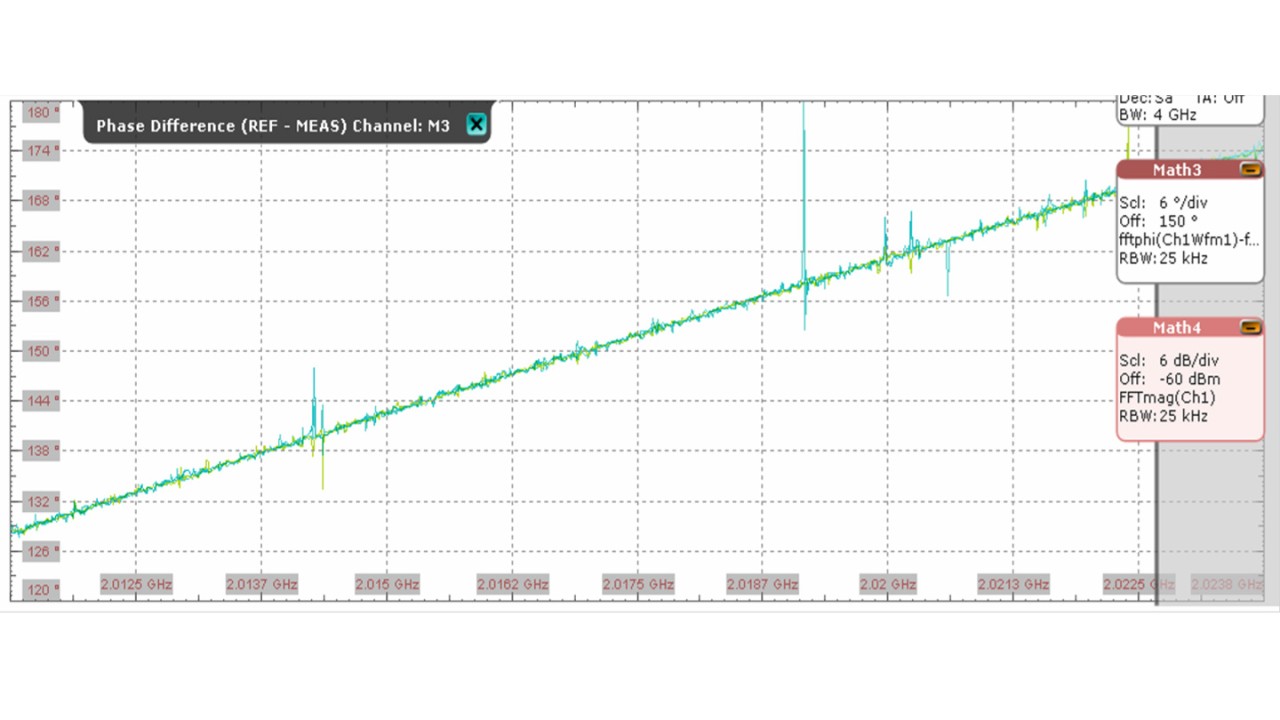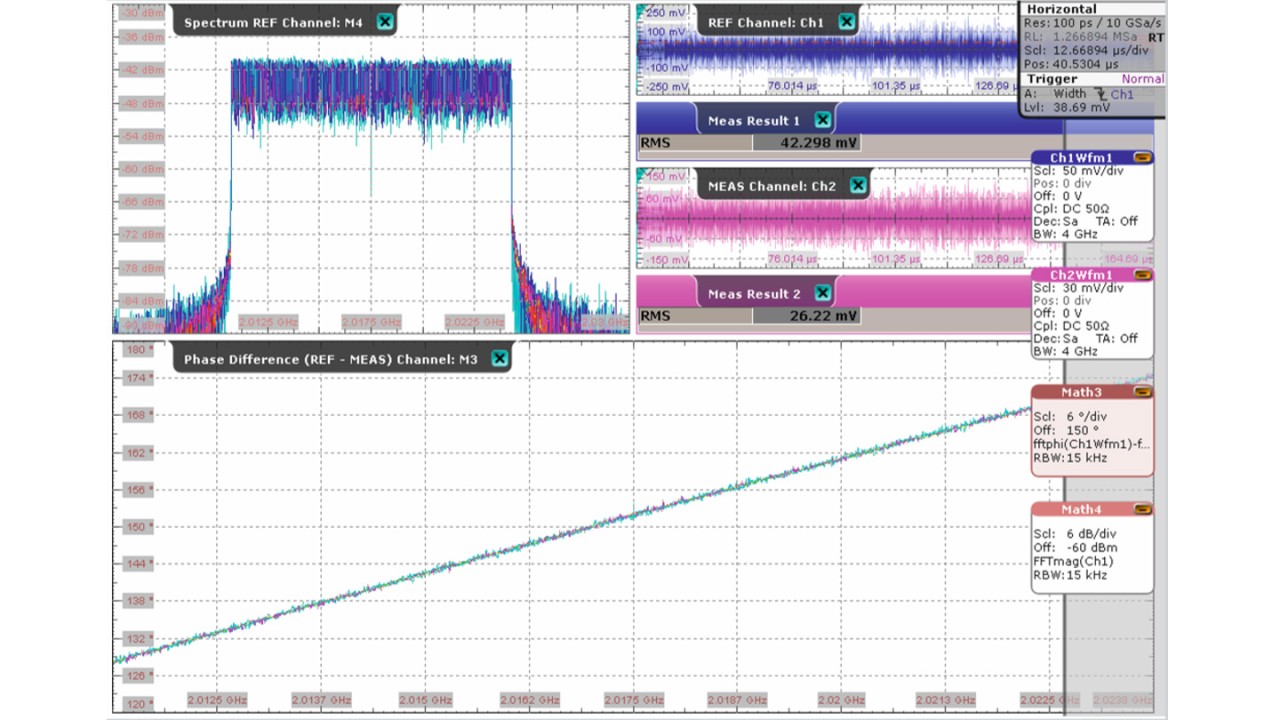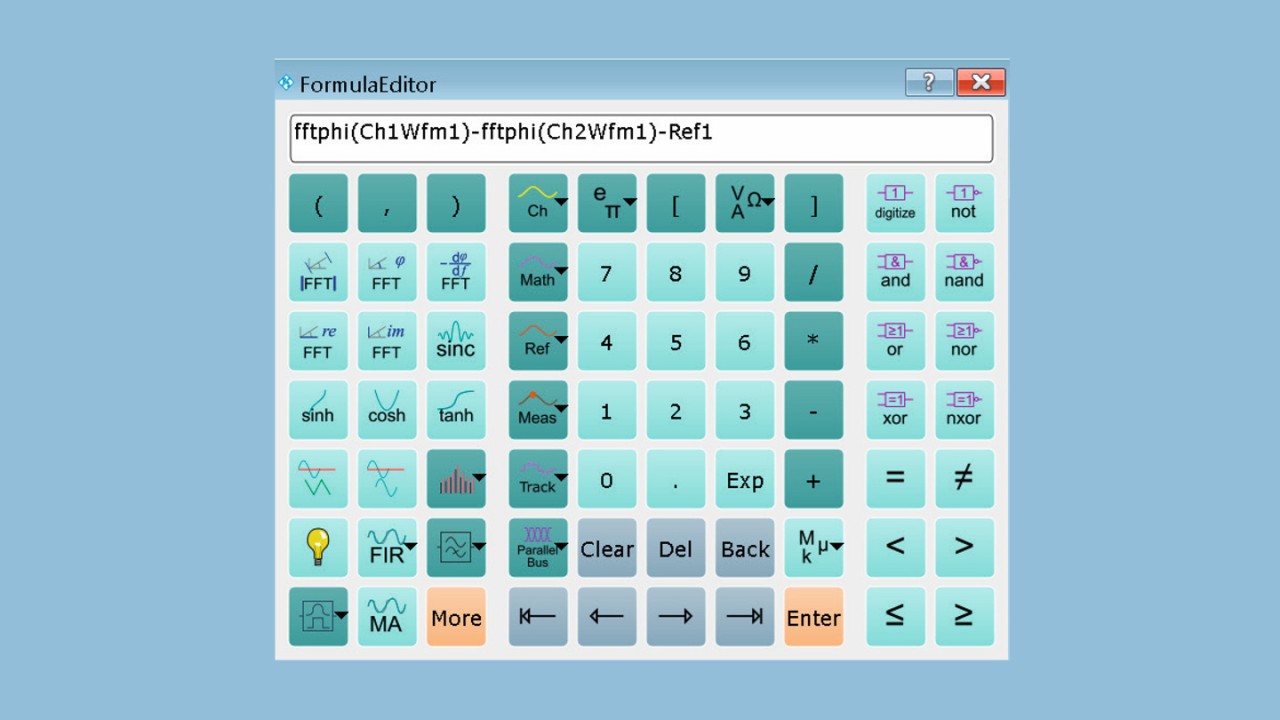Testing of LTE beamforming
LTE is becoming the predominant wireless technology. Among several new features of this standard, the multiple input multiple output (MIMO) technology offers various advantages.
It improves the throughput, extends the reach, reduces interference and improves the signal to interference plus noise ratio (SINR) with beamforming. LTE supports various modes in order to optimize the transmission settings.
An LTE MIMO base station consists of a baseband unit, a remote radio head (RRH) and an array of up to eight antennas. The RRH upconverts the digital signals of the baseband unit into analog signals for each antenna.




